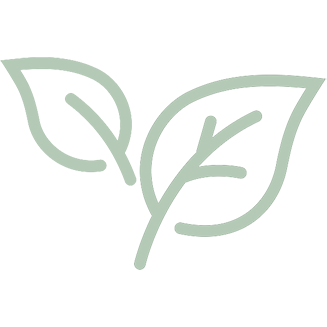Schema Theory
We recently discussed how educators document and record play in order to develop a better understanding of each child’s interests, wonderings and curiosities. One of the ways of understanding what is happening under the surface of play is by looking at documentation through the lens of a particular theory. This means educators looking at how a theory of children’s learning can help us to understand what is happening. One of these theories is schema learning theory. A schema is a recurring pattern of actions that develops into concepts over time. By exploring schematic interests, children are interpreting, and developing an understanding of, the world around them (Athey 2013). Children of all ages explore schemas like; orientation, transporting, transforming, trajectory, rotation and circulatory, enclosure and enveloping, connecting and disconnecting (Van Wijk, 2006). Over the past few weeks at Baby House educators have noticed children explore the schemas of orientation, rotation, enclosure and enveloping. Orientation Our youngest children at the centre have been exploring orientation as they explore the different ways resources and their own bodies can exist spatially. Some of our observations have included children: Rotating boxes, face-by-face to explore all six faces Diving into cushions and taking time to explore the upward perspective from this orientation of their body Orienting themselves up high on the couch or on the climbing platform and viewing a downward perspective Transportation Children at Baby House have also been exploring transportation as they move objects from one part of our learning environment to another part.Read more
